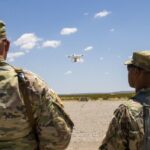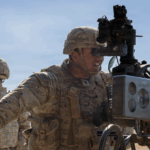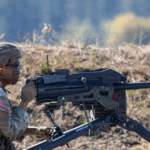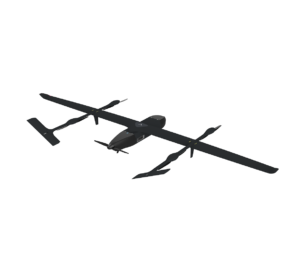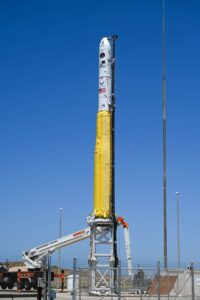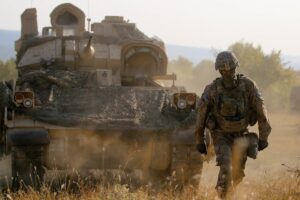
The Army is expecting to ‘maximize’ the field of competitors for its rebooted Optionally Manned Fighting (OMFV) competition when its proposal deadline closes on April 16, to include offers from a broad range of industry partners, a lead official said Monday. “I think this is exciting. It’s exciting for several reasons. Number one, we’re going to have some traditional and non-traditional [industry partners], we believe, that are going to be competing. We think with the way we’ve structured the characteristics and…

 By
By 